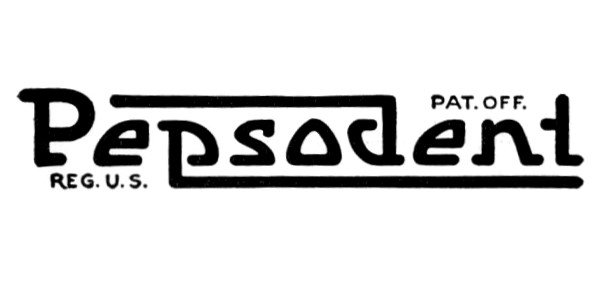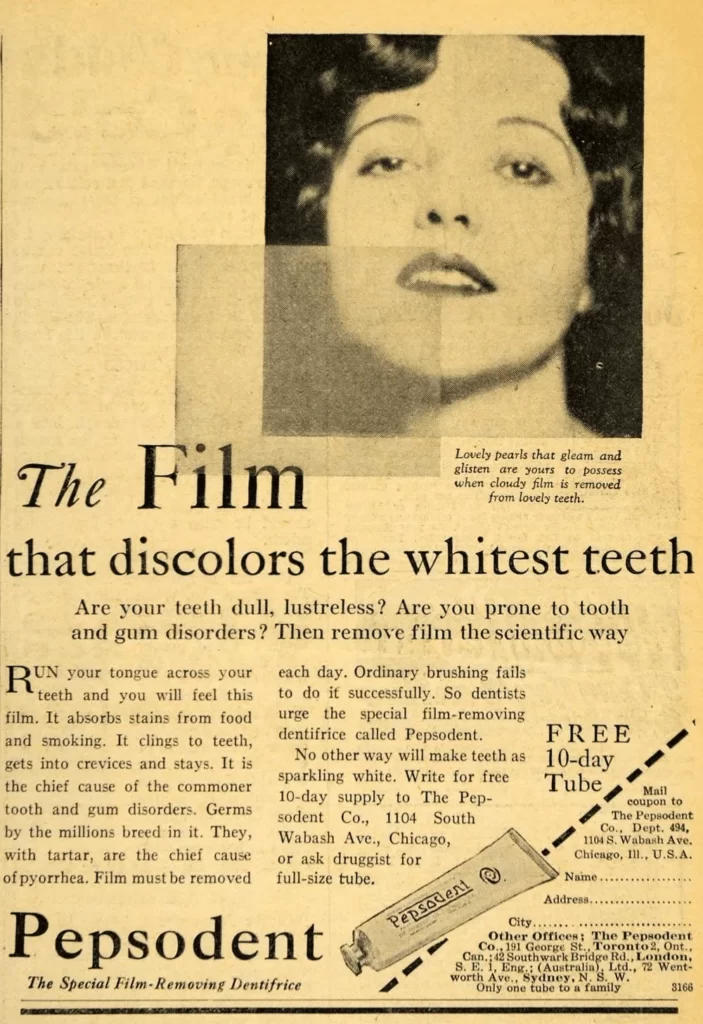Pepsodent Taught People to Brush Their Teeth

Thanks to Claude Hopkins, creating a cue and a trigger made Pepsodent a habit. This, in turn, became the same all across the world
An old friend contacted advertising professional Claude C. Hopkins in 1915 with a business proposition. His friend had found a fantastic product, he said, one that was certain to become popular. It was a minty, foamy toothpaste he branded “Pepsodent.”
Hopkins, though, was not intrigued. There were several reasons in Hopkins’s mind why the toothpaste business was a bad idea. There was already a large group of struggling door-to-door salespeople peddling questionable tooth powders and elixirs. The problem was that few people purchased toothpaste since so few people cleaned their teeth, despite the widespread oral health issues in the country.
Hopkins finally caved in when his friend returned to appeal to his inflated sense of self-importance.

Finding the Trigger
Hopkins’ defining method was finding easy triggers to urge customers to use his products daily, and this is what made Pepsodent a household name.
The inventor of Pepsodent told Hopkins about creating an educational campaign to promote the use of his product and the need for regular tooth cleaning.
Hopkins found that quite dull. If people could go their entire lives without using a peculiar cream for prevention, nobody would be interested in doing so.
Hopkins decided to make it a cosmetic beauty product. That was the selling point that sold terrible teeth to millions of people all around the world.
Hopkins wanted a selling point that would encourage people to use Pepsodent every day so that he could market it successfully. Scanning a stack of dentistry books, he found something about mucin plaques (which he later dubbed “the film”) on teeth. It gave him a great idea. He made up his mind to promote the toothpaste as one that enhances beauty—to clear the film!
Hopkins’s fixation on tooth film belies the reality that it has always been present in people’s teeth without causing any noticeable problems. The film is a membrane that forms on teeth naturally and accumulates no matter what you eat or how frequently you brush. No one paid any attention to it before, and there wasn’t much incentive for them to start now. A fruit, a finger over the teeth, a good brushing, or a vigorous swirling of the liquid around the mouth can all help remove the film. The toothpaste didn’t help get rid of the film. One of the top dental experts of the day said that no toothpaste, not even Pepsodent, was effective.
These arguments were brilliant because they tapped on a ubiquitous and irrefutable cue: tooth film. It turns out that if you tell someone to run their tongue over their teeth, that’s exactly what they’ll do. And when they did, it was probable they’d get the impression of a film.
Advertising may make people cooperate automatically because Hopkins identified a basic signal that has existed for ages and is so easy to activate. In addition, Hopkins’s version of the payoff made all the effort worthwhile. After all, who wouldn’t desire to improve their physical appearance? Anyone who doesn’t desire a more attractive grin is lying. Especially when a simple Pepsodent rinse is all that’s required?
Action Plan
No one cared about his pleas for them to purchase Pepsodent. They nearly didn’t respond to his request for a sample payment of 10 cents. He felt compelled to engage in give-away advertising. One might get a free sample. The purpose of the advertisement was to encourage a test for the mutual benefit of those involved. He never once suggested that Pepsodent may be up for grabs. No cost was mentioned by him. This sentence sparked yet another epiphany. Particularly alluring was the term “free” when applied to lines like food items. As a result, more people saw the advertisements. It made sense to give a free sample as a means of increasing sales.
Habit’s Influence
Habits are formed when a trigger is associated with a certain behaviour and then reinforced by positive reinforcement. People were motivated to clean their teeth because they knew that eventually, they would be more attractive, but they also saw immediate results every time they removed the film. They also went out and got a new tube of toothpaste since they went through one so quickly if they washed their teeth twice a day.
Hopkins wanted something “extra” to get the ad’s slothful target population to consider Pepsodent. With the “tingling” sensation that developed after using Pepsodent on a toothbrush, he invented something completely “new” at the time. The ingredients in the Pepsodent toothpaste caused a “tingling” sensation in the customers’ gums and tongues. A new custom developed as more and more people sought out the sensation. Do you long for that familiar “tingle” once more? Stock up on Pepsodent.
Outcome
In just five years after forming the company together, Hopkins had made Pepsodent a household name and contributed to the rapid spread of toothbrush use throughout the United States. As time went on, celebrities like Shirley Temple and Clark Gable began to boast about their “Pepsodent smile.”
By 1930, Pepsodent was available in practically every country in the world where Hopkins could afford to advertise it. Ten years after the launch of the first Pepsodent marketing campaign, researchers discovered that half of all Americans now wash their teeth twice daily. The habit of cleaning one’s teeth twice a day was popularised by Hopkins. For over 30 years, it has generated more money than any other brand of toothpaste in the United States combined.
Before, only 7% of the population used toothpaste.
After, over 65% of the population used toothpaste.



